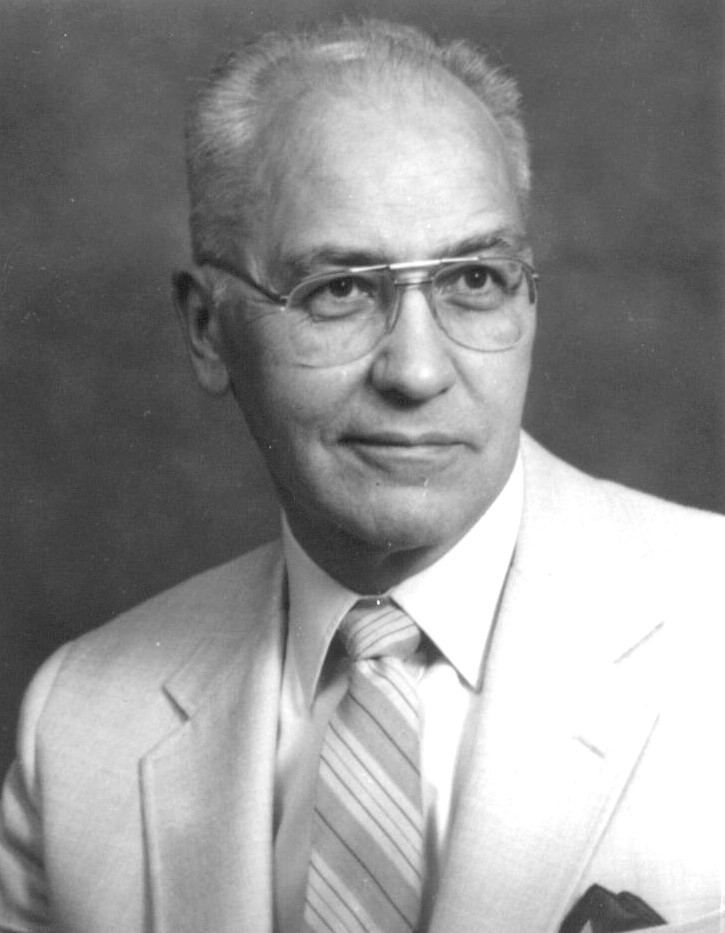by Keith Killingbeck

“Mushrooms Grow On Him.” That was the title of an article published in the South County Independent on 20 November 1997 describing Roger D. Goos, Professor Emeritus at the University of Rhode Island. Although the title was probably more fitting for a low-budget sci-fi movie involving pesky Amanitas with a propensity for human colonization, changing the verb to the past tense transforms the title into the story of Roger’s academic life: “Mushrooms Grew On Him.” This gentle man of international stature has been engrossed in the study of fungi for more than half a century.
But alas, the title is still flawed. Roger’s colleagues would be the first to note that it is not only the mushrooms of the fungal world that have captured his attention. Basidiomycetes alone do not a mycologist make. Certainly it is these sometimes edible, sometimes showy fungi that have attracted the legions of Basidiomycete-hunters to Roger’s many “mushroom walks,” but fungi of virtually every ilk have been the topic of Roger’s research.
A native of Iowa, Roger completed his undergraduate and graduate work at his state’s namesake university and then took the “scenic route” to Rhode Island. That route took him to positions with the United Fruit Company, the National Institutes of Health, the American Type Culture Collection, and the University of Hawaii. Soon after the 12-year trek that brought him to Rhode Island in 1970, Roger assumed a leadership role at the University as Chair of the Department of Botany, a position he held for 15 years.
While Rhode Island has been his home base for the past 35 years, Roger has pursued research and held honorary appointments at universities in British Columbia (1977), Hawaii (1977), India (1981), and the United Kingdom (1984). He was also a Visiting Research Associate at the Bishop Museum in Honolulu, Hawaii (1990), and a Fulbright Fellow at the University of Lisbon in Portugal (1993). His encyclopedic knowledge of fungi has earned him invitations from around the globe to enter into collaborative research efforts. Pursuing research with colleagues from locations as distant from one another in culture and geography as India, Japan, and Iraq gave Roger a perspective on fungi, and life, that he was able to share with others closer to home. Being elected president of the Mycological Society of America in 1986, and being awarded the New England Wild Flower Society Rhode Island State Award in 1997, are further testimony to the respect and admiration he has earned for his devotion and contributions to the field of mycology.
Teaching and research were complementary passions that Roger pursued with his patented low-key zeal. While “low key” and “zeal” are terms not often used in combination, together they aptly describe a seemingly covert enthusiasm that emerged whenever Roger talked about the biological love of his life, fungi. As those who were lucky enough to take one of his formal classes, or one of his informal walks will tell you, his enthusiasm for fungi was anything but cryptic.
Roger penned more than 130 research publications during his illustrious career, all of which were devoted to a group of understudied organisms that in some ways are the taxonomic equivalent of the proverbial “black sheep.” Plants? No. Animals? No. Something in between? Must be. But when all is said and done, perhaps the most important written contribution that Roger will make to the field of Rhode Island natural history is one that has yet to be published. Waiting in the wings is Roger’s most recent achievement—Volume 4 of the RINHS Biota of Rhode Island series, The Mycota of Rhode Island [published in 2010]. To say that this landmark publication will provide a quantum leap in our knowledge of the fungi of Rhode Island is surely an understatement.
Roger Goos has contributed to our understanding of the natural history of Rhode Island in innumerable ways, but sometimes what is often lost in the lists of accomplishments is the way in which those contributions were made, the way in which those achievements were earned. In his own inimitable way, Roger has always been both a gentle man, and a gentleman. He always made time for the student with a question, the colleague needing a favor, or the stumped fungalphile holding an as-yet-to-be-identified mushroom. Just as in Olympic skating and diving, style counts, and Roger’s accomplishments were carried out with a style laced with class and poise. With all the scorecards reading 10.0, it is clear why Roger D. Goos is the recipient of the 2005 RINHS Distinguished Naturalist Award.
One of Roger Goos’ most under-appreciated papers, except by those who have heard “the rest of the story,” was published in 1980 with Bob Shoop, a posthumous Distinguished Naturalist Award winner last year. The paper reported the second known case of poisoning due to Tricholomopsis platyphylla, a relatively common mushroom that is often listed as edible in field guides. The Rhode Island poisoning was serious, but thankfully non-fatal. The unfortunate experimental subject/patient recovered after a very unpleasant couple of days in South County Hospital—all detailed exquisitely in the paper. What was not mentioned was that she happened to have been Bob’s wife.
(Goos, R.D., and C.R. Shoop. 1980. A case of mushroom poisoning caused by Tricholomopsis platyphylla. Mycologia 72(2):433–435.)
Keith Killingbeck is Professor of Biological Sciences at the University of Rhode Island and President of the RINHS Board of Directors.